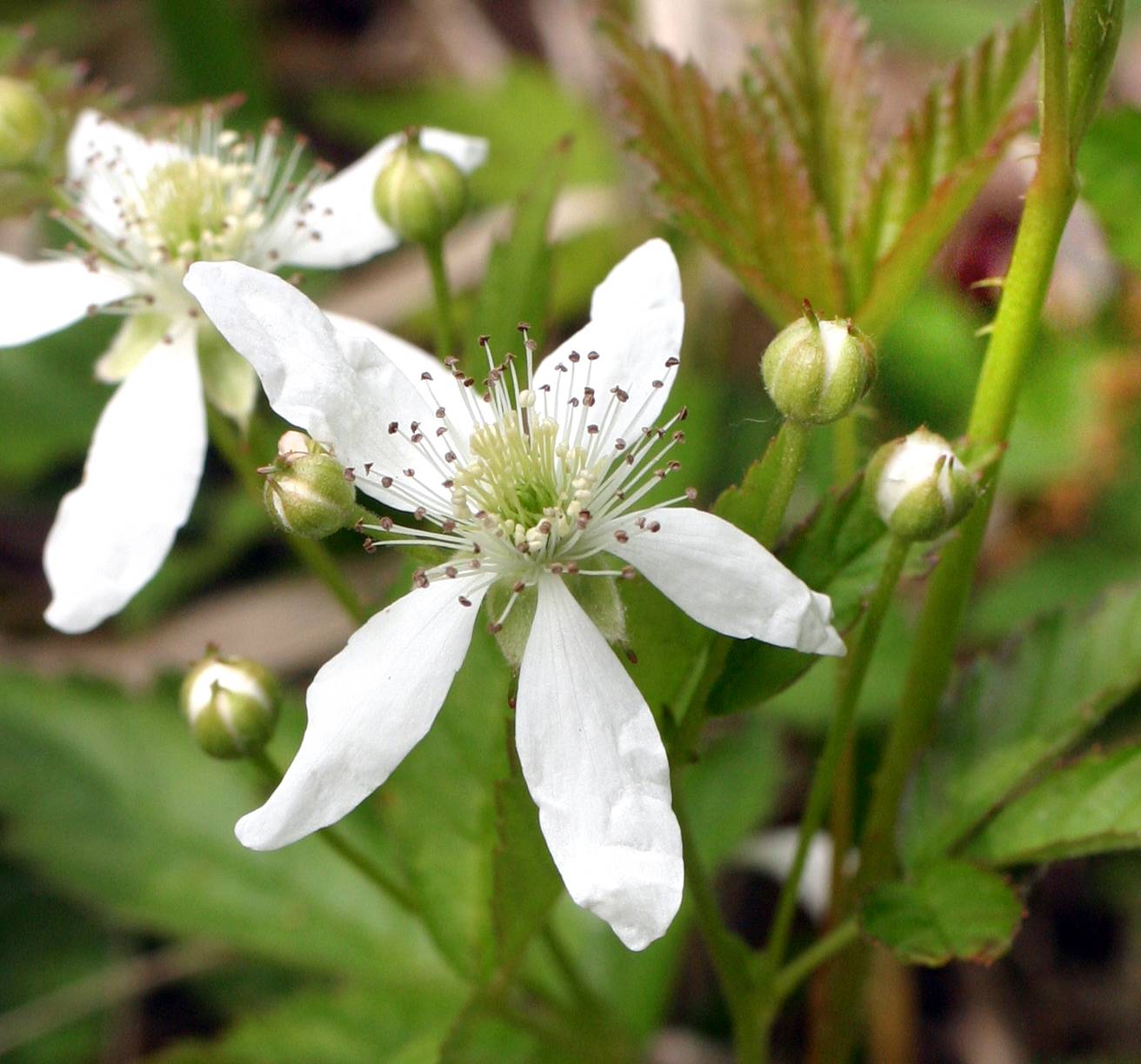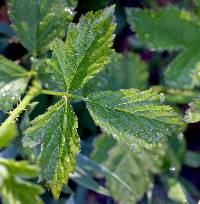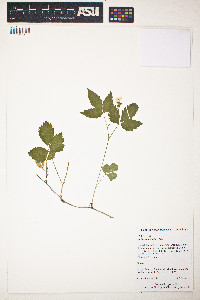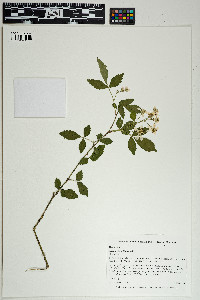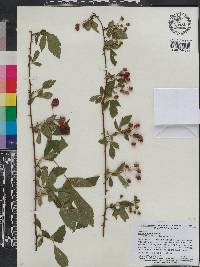|
|
|
|
Family: Rosaceae
northern dewberry
[Rubus alacer Bailey, moreRubus arundelanus Blanchard, Rubus arundelanus var. jeckylanus (Blanch.) Bailey, Rubus ascendens Blanchard, Rubus ashei L. H. Bailey, Rubus bonus L. H. Bailey, Rubus camurus L. H. Bailey, Rubus clausenii L. H. Bailey, Rubus connixus L. H. Bailey, Rubus cordialis L. H. Bailey, Rubus dissitiflorus Fern., Rubus enslenii Tratt., Rubus exemptus L. H. Bailey, Rubus frustratus L. H. Bailey, Rubus geophilus Blanchard, Rubus jaysmithii var. angustior L.H.Bailey, Rubus longipes Fern., Rubus maltei L. H. Bailey, Rubus neonefrens L. H. Bailey, Rubus occultus L. H. Bailey, Rubus procumbens Muhl., Rubus sailori L.H. Bailey, Rubus serenus L. H. Bailey, Rubus subuniflorus Rydb., Rubus tetricus L. H. Bailey, Rubus tracyi L. H. Bailey, Rubus urbanianus A. Berger, Rubus villosus Aiton] |
Similar species: Page is under construction. Please see link below for general information on the genus Rubus. Flowering: early May to mid July Habitat and ecology: Locally common in disturbed sandy soils, such as abandoned sandy fields, sandy woodlands, dry prairies, dry clayey areas. Occurence in the Chicago region: native Etymology: Rubus is the Latin name for bramble and also means red. Flagellaris means "with flagella or whips." Author: The Morton Arboretum Primocanes slender, prostrate or low-arching, normally rooting at least at the tip; armature of small, slender to stout, recurved or reflexed prickles from an expanded base, the prickles never numerous or large and in some forms nearly lacking; lvs relatively small, dull, glabrous or nearly so; terminal lfl of primocane lvs oblong to oblanceolate or obovate, usually with ±straight sides below the middle; floricane lfls distinctly cuneate toward the base, oblanceolate or obovate, mostly obtuse or very abruptly short-acuminate; infl few-fld, leafy, most of the pedicels subtended by simple or trifoliolate lvs, or often reduced to a single terminal fl. Most commonly in open oak-hickory woods; generally southern, but extending n. to s. Me., c. N.H., O., sw. Mich., and s. Wis. Apr.-June. (R. akermanii; R. cathartium; R. celer; R. centralis; R. clarus; R. connixus; R. decor; R. depavitus; R. felix; R. hypolasius; R. imperiorum; R. indianensis; R. iniens; R. injunctus; R. kentuckiensis; R. leviculus; R. longipes; R. michiganensis; R. nefrens; R. obvius; R. particularis; R. pernagaeus; R. rosagnetis; R. scambens; R. sewardianus; R. subinnoxius; R. tetricus; R. whartoniae) Gleason, Henry A. & Cronquist, Arthur J. 1991. Manual of vascular plants of northeastern United States and adjacent Canada. lxxv + 910 pp. ©The New York Botanical Garden. All rights reserved. Used by permission. |


